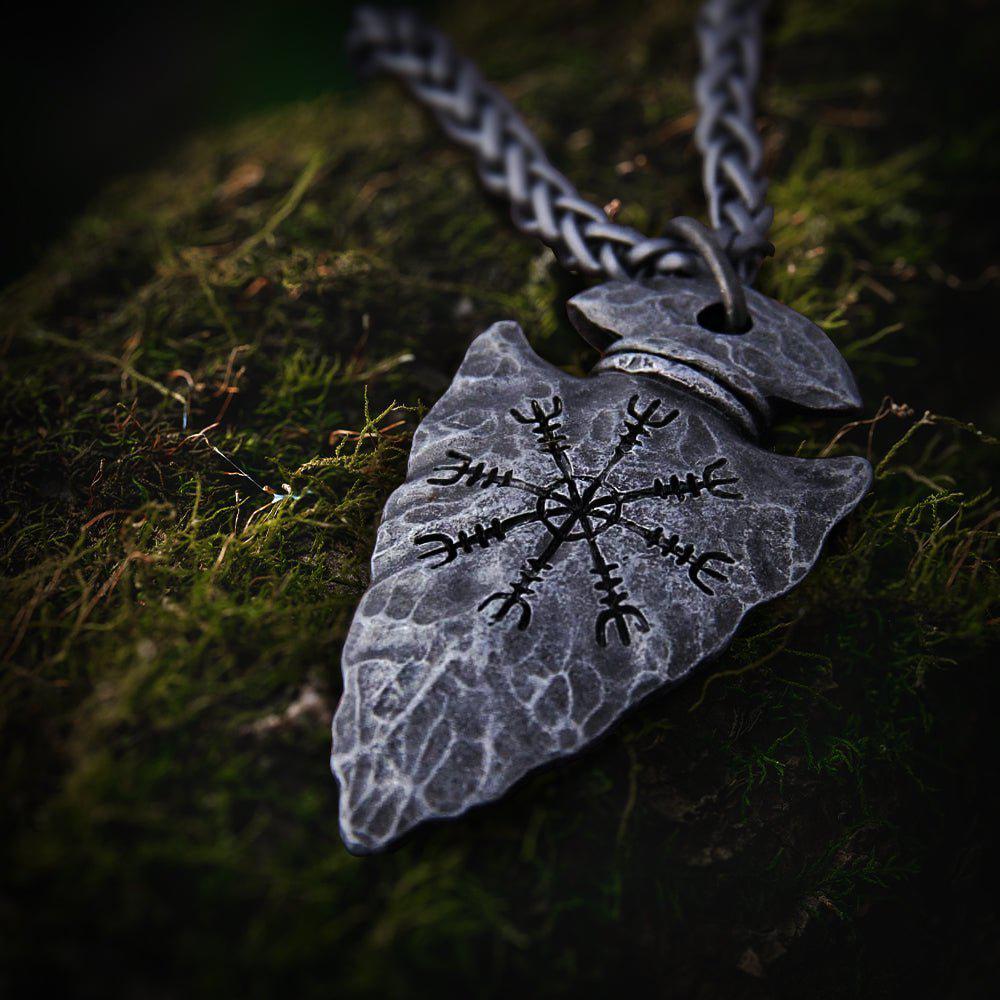Introduction
When we think of the Vikings, we often picture them as fierce warriors with braided hair, adorned with intricate beads and jewelry. While braids were certainly a common hairstyle among Vikings, a lesser-known but equally impressive style was the Viking dreads. This unique and bold hairstyle not only embodied strength and honor but also had significant cultural and religious significance for the Vikings. In this article, we will explore the history, meaning, and modern-day interpretation of Viking dreads.
Origins of Viking Dreads
Dreadlocks have been worn by various cultures throughout history, including ancient Greece and Egypt. However, the Viking dreads, also known as dread-braids or dread-plaits, were a unique style that emerged during the Viking Age (800-1066 AD). The Vikings, known for their exploration and conquests, traveled extensively and interacted with different cultures.
Cultural Significance of Viking Dreads
For the Vikings, hair was not just a fashion statement but had cultural and religious significance. It was believed that hair was a symbol of one's strength and honor, and cutting it off was considered a sign of weakness or defeat. This belief was so strong that Viking warriors would often cut their hair before battle to prevent their enemies from gaining power by cutting it off. The Vikings also believed that hair was a conduit for spiritual energy, and by wearing their hair in a particular style, they could connect with their gods and ancestors.
How to Create Viking Dreads
Creating Viking dreads is not an easy task, and it requires patience and dedication. The process involves allowing the hair to knot and tangle naturally, without using any chemicals or products. The hair is left to grow for several months, and as it grows, it becomes more matted and tangled. The hair is then separated into sections, and each section is twisted and braided to create the dreadlocks. Once the dreadlocks are formed, they are left to mature for several months before they can be adorned with beads, rings, and other decorations.
Modern Interpretation of Viking Dreads
In recent years, Viking dreads have gained popularity as a unique and bold hairstyle that embodies strength and individuality. Many people, including celebrities, have embraced this style, and it has become a symbol of rebellion and counterculture. However, it is essential to acknowledge the cultural and religious significance of Viking dreads and respect their origins. While it is acceptable to wear Viking dreads as a fashion statement, it is important to understand and appreciate the historical and cultural context of this hairstyle.
The Impact of Viking Dreads on Popular Culture
Viking dreads have made an appearance in various forms of popular culture, including movies, television shows, and video games. They are often depicted as a symbol of strength and honor, and characters who wear Viking dreads are portrayed as fierce warriors or rebels. However, it is important to note that the portrayal of Viking dreads in popular culture is often inaccurate and lacks cultural sensitivity.
The Future of Viking Dreads
Viking dreads have a rich history and cultural significance that should be preserved and celebrated. As this hairstyle gains popularity, it is essential to respect its origins and understand its cultural and religious significance. The future of Viking dreads lies in our ability to appreciate and embrace its uniqueness while honoring its history and cultural roots.
Conclusion
Viking dreads are a unique and bold hairstyle that embodies strength, honor, and individuality. This hairstyle has a rich cultural and religious significance for the Vikings and should be respected and appreciated for its historical context. As this hairstyle gains popularity in modern times, it is important to remember its origins and cultural significance. By embracing Viking dreads, we can celebrate the diversity and richness of human history and culture.
FAQs
-
What is the difference between Viking dreads and traditional dreadlocks? While traditional dreadlocks are often created using hair products and a specific twisting technique, Viking dreads rely on natural knotting and tangling of the hair. Additionally, Viking dreads may be adorned with cultural and religious symbols, such as beads and rings.
-
Can anyone wear Viking dreads? Yes, anyone can wear Viking dreads. However, it is important to understand and respect the cultural and religious significance of this hairstyle.
-
How long does it take to create Viking dreads? The process of creating Viking dreads can take several months, as it involves allowing the hair to knot and tangle naturally before twisting and braiding the hair.
-
What kind of cultural and religious significance do Viking dreads have? For the Vikings, hair was a symbol of one's strength and honor and was believed to be a conduit for spiritual energy. By wearing their hair in a particular style, such as Viking dreads, they could connect with their gods and ancestors.
-
How can I style my Viking dreads? Viking dreads can be styled in various ways, including adding beads, rings, and other decorations. They can also be worn up or down, depending on personal preference. However, it is important to respect the cultural and religious significance of this hairstyle and avoid appropriating it.














